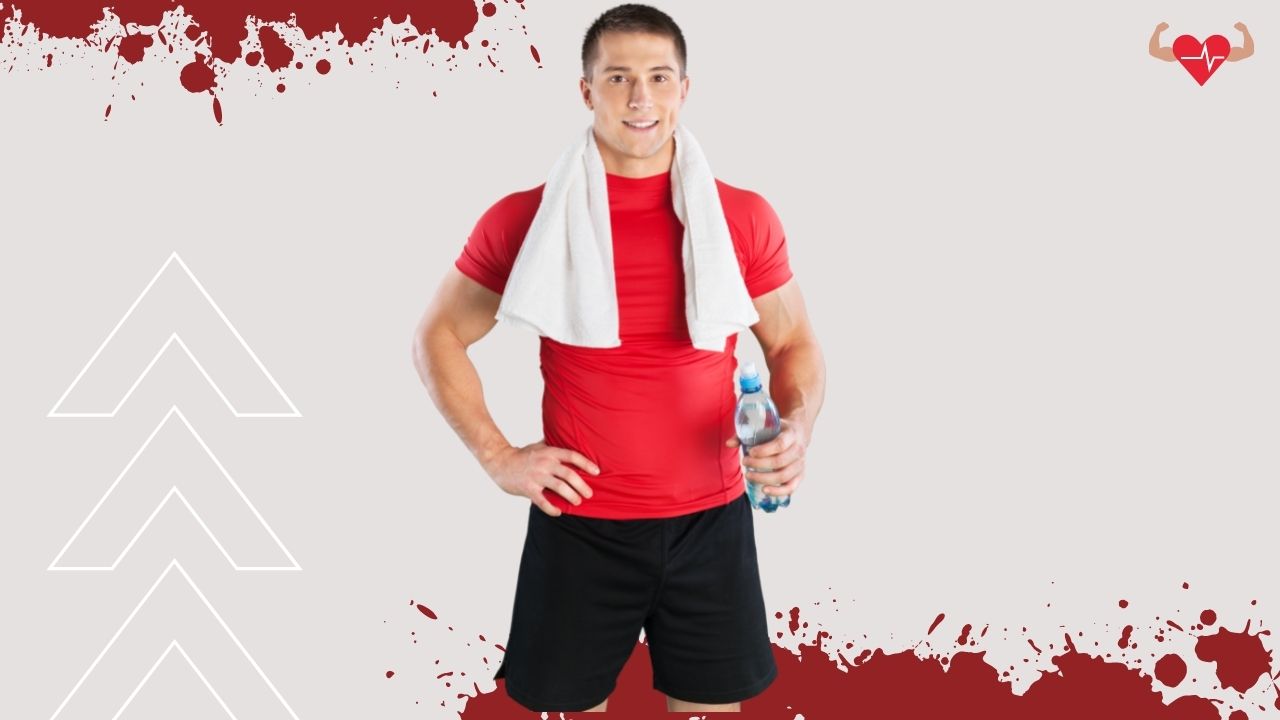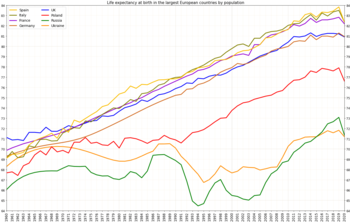
It is well known that sodium intake can lead to serious health consequences. A person's sodium intake is directly related to their risk of developing hypertension and cardiovascular disease. You can reduce your sodium intake by eating less salty snacks and adding less salt to your meals. You should also limit the intake of processed and fast foods. Below are some ways to reduce sodium intake:
Your water retention can be increased by increasing your sodium level in your bloodstream. This causes your bloodstream to expand, and it will expand. An over-saturated blood vessel can cause plaque to build up, making it more vulnerable to heart disease. Also, excessive sodium can cause you to feel bloated. To avoid serious health problems, it is important to watch your sodium intake.

Too much sodium can pose a danger to your health. Although your body requires a certain amount of sodium, consuming too much of it can lead to health problems. Studies have linked diets high in sodium with an increased risk of high blood pressure. While sodium is essential for nerve function and muscle function as well as the regulation of body fluids, it is better to limit its intake. It's best to keep your daily intake below 2 000 mg.
Too much sodium can cause heart problems and brain damage. High sodium diets are a risk factor in cardiovascular disease in the United States. The Centers for Disease Control and Prevention recommend Americans not consume more than 1,500mg of sodium daily. For most people, this should be less than two thousand mg per day. However, there are foods with higher sodium levels than others.
Too much sodium can have adverse effects on the heart and other organs. It may actually be beneficial for your health. One example is a person suffering from high blood pressure who should limit their sodium intake below 2,000 mg per daily. Lower blood pressure is another benefit. Additionally, lowering salt intake can reduce your risk of developing cardiovascular disease. This is just one example. To reap the benefits of a healthy lifestyle you need to limit sodium.

Too much sodium consumption continues to cause more deaths. High sodium intake is increasing the risk of heart disease and high blood pressure. By reducing sodium intake, you can reduce the risk of heart problems. Reduce salt intake by avoiding salty food. Canning vegetables and legumes, for example, should be rinsed prior to consumption. If you don’t like washing your vegetables or legumes before eating them, you might try rinsing them first.
FAQ
Is Cardio Better Than Strength Training?
Both are equally excellent. If you want to increase muscle mass faster, cardio is the better option.
Cardio burns far more calories per min than strength training. It also burns fat more efficiently.
Strength training builds muscle mass, but it takes longer to achieve this goal than cardio.
Are Cardio exercises good or bad for your health?
Cardiovascular exercise is a great way to improve your cardiovascular health. It improves blood flow, strengthens your heart muscle and increases stamina.
Cardiovascular exercise includes running, biking, hiking, swimming, tennis, basketball, soccer, volleyball, football, etc.
It is important to keep in mind that cardio exercises should not only be performed at a high level of intensity, but also at low levels. This could cause injury.
If you feel fine, only do the cardiovascular exercise.
You should never push yourself beyond your limits. You could injure yourself if you do.
Cardiovascular exercise is best done warm-up first. Then, gradually build up to higher intensity levels.
Always listen to your body. If you feel pain when doing cardiovascular exercise, you should immediately stop.
After a cardiovascular training session, it is recommended that you take some time to relax. This allows your muscles to recuperate.
Cardiovascular exercise can help you lose weight.
It is the best way for you to lose calories and decrease belly fat.
What is a good daily gym routine?
Regular exercise is key to staying healthy. It doesn't matter what type of fitness activity you choose as long as you do it regularly. Consistency and consistency are the keys to success. If you want to achieve results, you must stick at it for an extended period.
Begin by starting to do a little bit of physical activity each day (like walking). Then gradually increase the time spent exercising until you spend 30 minutes a day working out. You could do this by running, swimming, weight training or yoga.
It is important to exercise every day of the week. You should not miss any sessions unless there is a good reason.
When exercising outside, make sure you have the right clothing and shoes. Weather conditions can also affect your ability and safety to exercise.
Make sure that you drink plenty of water while you're exercising. It is best to avoid alcohol while you're exercising. Also, don't drink caffeine-rich beverages like tea, coffee, or cola. They can give you energy, but will also dehydrate.
After your first exercise, you may feel tired. But if your workouts are continued, you will feel more energetic.
Is it true that overeating protein causes kidney stones?
Protein helps maintain healthy bones and tissue. Over-consuming protein can result in calcium being excreted through the kidneys. In turn, this can result in kidney stones.
Not everyone who eats more than 2g of protein per kilogram (2.2 lbs) of bodyweight will get kidney stones. High amounts of protein can be consumed by some people without causing kidney stones.
You can prevent kidney stones by watching your sodium consumption. The kidneys regulate the amount of sodium they consume. Too much sodium results in a higher risk of developing kidney stones.
You can also try reducing your protein intake if you get kidney stones. Protein accounts for about half the daily caloric requirement of most adults. You'll lose weight if you reduce your intake of protein.
If you do decide to eat more protein, don't go overboard. Aim for less than 20% of total calories from protein.
What is the best way to lose weight?
It's not easy to lose weight. Many people give up because they don’t know what else to do.
You can lose weight by following a few simple steps.
You must first ensure that you are consuming fewer calories than what you burn. You can gain weight by eating more calories than your body burns.
Second, you must start exercising regularly to burn off all those calories. You can choose from a variety of exercises such as walking, biking or dancing.
Third, quit smoking cigarettes and alcohol. These habits lead to a higher intake of calories than usual.
Fourth, reduce your intake of fatty and processed foods. You can replace them by healthier choices such as fruits, vegetables or lean meats.
Fifth, you should change your lifestyle to adopt new habits. It is possible to wake up at 5 AM to go to work, or to be more active before you get to work.
Sixth, be disciplined and stick to your diet plan.
Lastly, you can join a gym or attend an aerobics class to burn those excess calories.
These simple tips will help you quickly see results.
Do Men Need A Gym Membership?
A gym membership is not necessary for men. If you sign up for a gym, however, your money will be much more valuable.
Most gyms offer free trial memberships, allowing you to try out the facilities before paying any fees.
You can use the gym at any time you want, and it doesn't cost anything. You can cancel your membership at any time, no matter how much you like it.
Statistics
- The PRS enabled risk stratification for overall prostate cancer and lethal disease with a four-fold difference between men in the highest and lowest quartiles (HR, 4.32; 95% confidence interval [CI], 3.16-5.89). (pubmed.ncbi.nlm.nih.gov)
- An estimated calorie range for moderately active adult males falls between 2,200 to 2,800 calories per day, depending on age. (eatright.org)
- 10 pounds in a month is likely during a lean bulking phase, especially for beginners. (muscleandstrength.com)
- Cardmembers earn 5% Back at Amazon.com with a Prime Credit Card. (amazon.com)
- Are You One of the 20% of Guys (mh.co.za)
External Links
How To
How can a man lose weight in just 30 days.
Breaking down your fitness goals into smaller, more manageable steps is the best way for you to reach your fitness goals.
It is important to work towards your goal every day. This could be as simple as doing 10 pushups and running for 3km.
This will ensure that you see positive results if you practice it consistently over time.
The key thing here is consistency. You have to keep at it until you succeed!
What is the difference between Aerobic Fitness (or Anaerobic Fitness)?
Anaerobic fitness refers to the ability of our bodies to perform intense physical work without oxygen. Anaerobic pathways are used when there is intense exercise to provide sufficient energy. Anaerobic pathways are glycolysis, creatinephosphate and the phosphagen.
Aerobic fitness, however, refers to the continuous practice of low-intensity aerobic exercise. When performing aerobic exercises oxygen is used to fuel the cells. In other words: The aerobic pathway gives more energy than that of the anaerobic.
To run a marathon you need to first increase your aerobic capacity. If you don't focus on increasing your aerobic capacity, you will not be able finish the race.
Aerobic fitness is also known as cardiovascular fitness. The most common methods for assessing cardiovascular fitness include VO2 max testing or step tests.
VO2 Max Testing
VO2max is the maximum oxygen (O2) that your body can use while exercising. This test measures the amount of O2 the body can utilize while exercising.
This test can measure your cardiovascular fitness accurately. However, it requires expensive equipment and highly trained professionals to administer the test.
Step Tests
Step tests are a simple but effective way to measure cardiovascular fitness. You will be asked to walk, jog or run for a specific time on a track. This is based on your age or weight.
These tests cost little, are quick and simple to do, and can be carried out almost anywhere. For instance, you can walk on a treadmill for 2 minutes, rest for 1 minute, repeat this process for 20 minutes, and then stop. You should maintain a constant heart rate throughout the session.
This is the "Bruce Protocol". Bruce, himself a runner developed this protocol when he realized his heart rate didn't rise when he ran long distances.